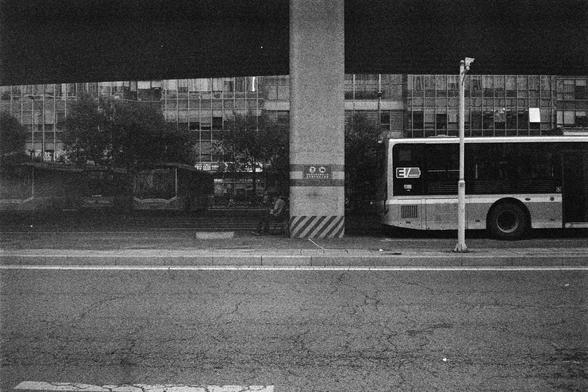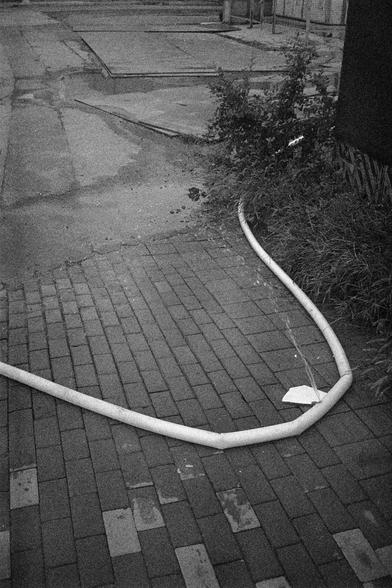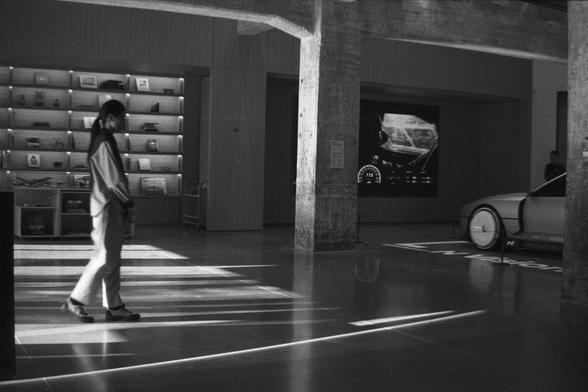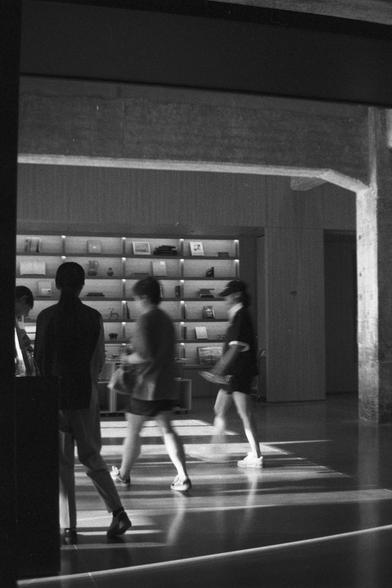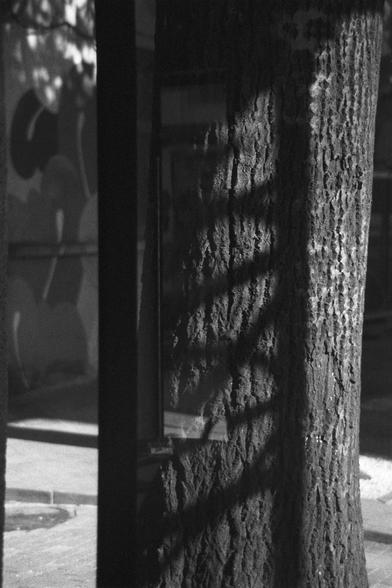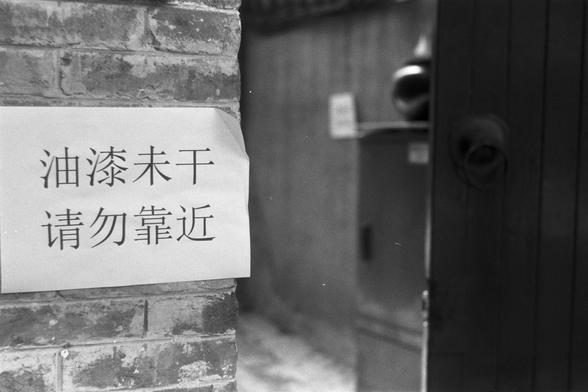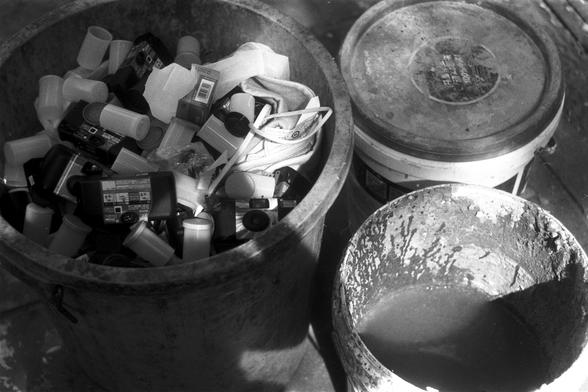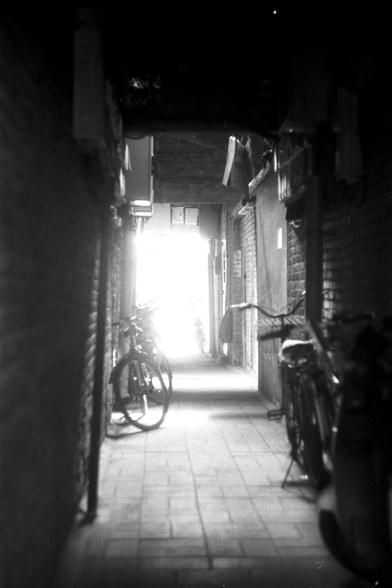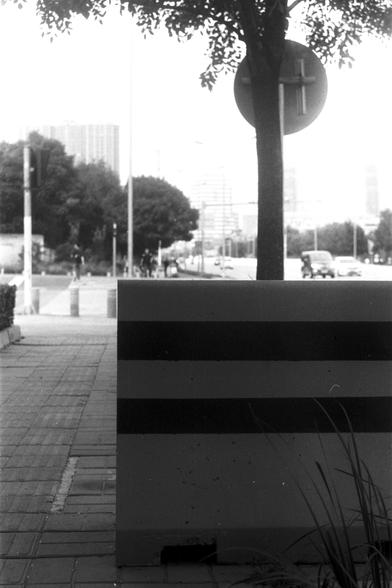2025-11-10 00:30:03
Moody Urbanity - Relations II 👥
情绪化城市 - 关系 II 👥
📷 Minolta Hi-Matic AF
🎞️ Shanghai GP3 400 Pan
#filmphotography #Photography #blackandwhite
2025-10-11 23:35:32
Trump’s Baseless Claims:
President Trump said he had made flag burning a crime punishable by a year in prison.
But such a claim contradicts both Supreme Court precedent and the text of an executive order he signed.
https://www.
2025-10-11 01:00:09
Moody Urbanity - Oracles 🈳
情绪化城市 - 谕 🈳
📷 Nikon FE
🎞️ Ilford HP5 Plus 400, expired 1993
#filmphotography #Photography #blackandwhite
2025-10-11 13:27:05
It's like the 1980s all over again.
"AI" is the hot new tech thing
A terrible showbiz guy is president
Russia is threatening Europe
There's a pandemic that people ignore
They even released a new Commodore 64
2025-12-11 23:14:33
Dak Prescott on Cowboys' playoff hopes, challenge of a Brian Flores defense https://www.dallascowboys.com/news/dak-prescott-on-cowboys-playoff-hopes-challenge-of-a-brian-flores-defense
2025-12-11 19:10:16
Paul Krugman compares the current US policy on digital media to a country trying to sell you illegal drugs: They know that what they sell harms people, but they have the money and power to make sure you will not intervene.
Very powerful comparison. #MustRead
"America has, in practice, become a digital narco-state."
2026-01-11 03:34:00
2025-12-11 22:13:28
Dak Prescott on Cowboys' playoff hopes, challenge of a Brian Flores defense https://www.dallascowboys.com/news/dak-prescott-on-cowboys-playoff-hopes-challenge-of-a-brian-flores-defense
2025-12-09 00:30:00
Urbanity - Urbana Decay ❤️🩹
城市化 - 城市的衰败 ❤️🩹
📷 Pentax MX
🎞️ Ilford Pan 100
#filmphotography #Photography #blackandwhite
2026-01-11 02:31:27
For Saint Augustine of Hippo, writing in North Africa in the fourth century,
authentic attention placed us in relation with the divine.
For Saint Ignatius of Loyola, holed up in his cave in Catalonia in the 1520s,
what he called “attentive contemplation” was both a daily practice and a moral imperative.
During the Enlightenment, close attention emerged as a virtue essential to knowledge and disciplined investigation,
-- as demonstrated in 1740, when the natural…

